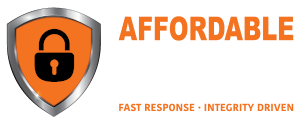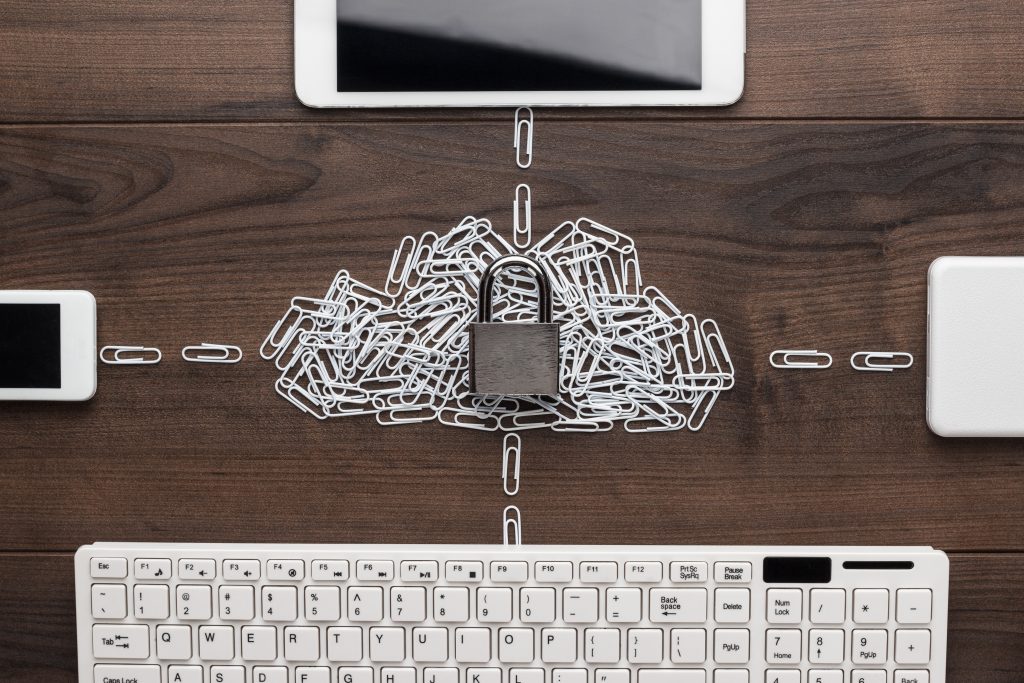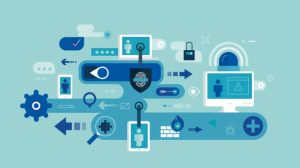The rise of remote work has transformed the modern workplace, offering flexibility and accessibility but also introducing new security challenges. With data and applications migrating to the cloud, ensuring robust cloud security has become paramount. In this blog post, we’ll explore essential cloud security best practices that organizations can implement to safeguard their remote workforces effectively.
Implement Multi-Factor Authentication (MFA)
Multi-Factor Authentication (MFA) is a foundational security practice. Enforce the use of MFA for all remote workforce members. It adds an extra layer of protection by requiring users to provide multiple forms of authentication before accessing cloud-based resources. This can include something they know (password), something they have (smartphone), and something they are (biometric data).
Choose Reputable Cloud Service Providers
Select cloud service providers that prioritize security and compliance. Reputable providers often have robust security measures, including encryption, access controls, and regular security audits. Consider providers that comply with industry-specific regulations, such as HIPAA or GDPR, if applicable to your business.
Data Encryption
Encrypt data both in transit and at rest. Ensure that your cloud provider offers strong encryption mechanisms. Additionally, implement encryption for sensitive data before uploading it to the cloud. Encryption keys should be managed securely.
Access Control and Identity Management
Implement a strong access control system and employ identity and access management (IAM) tools to control who can access what resources in the cloud. Use the principle of least privilege, granting users only the permissions they need to perform their tasks.
Regularly Update and Patch Systems
Keep your cloud infrastructure and applications up to date with the latest security patches. Cloud providers often update their services to address known vulnerabilities, but it’s essential to monitor and apply these updates promptly.
Data Backup and Disaster Recovery
Regularly back up critical data stored in the cloud. Implement a disaster recovery plan that includes data backup and restoration procedures. Test these processes to ensure data can be recovered effectively.
Remote Device Security
Remote workers access cloud resources from various devices. Enforce security policies for these devices, including the use of antivirus software, firewalls, and the latest operating system updates. Encourage the use of company-provided or secure remote desktop solutions.
Employee Training
Educate remote workers about security best practices, including how to recognize phishing attempts and the importance of strong, unique passwords. Regular training and awareness programs can help employees become more security-conscious.
Logging and Monitoring
Enable logging and monitoring features provided by your cloud service provider. These tools can help you detect unusual activities or potential security incidents. Implement real-time alerts for suspicious activities.
Incident Response Plan
Develop and document an incident response plan specific to cloud-related security incidents. Outline the steps to take when an incident occurs, including communication protocols and responsible parties.
Regular Security Audits and Assessments
Conduct regular security audits and assessments of your cloud environment. Identify vulnerabilities and areas for improvement, and take corrective actions promptly.
Compliance and Regulations
Ensure your cloud security practices align with industry-specific compliance regulations and standards. Regularly audit and assess your cloud environment to ensure compliance.
Collaboration and File Sharing Tools
If your remote workforce relies on collaboration and file-sharing tools, ensure that these services are secure and adhere to your organization’s security policies. Enable features like document versioning and access controls to manage shared files securely.
As remote work becomes a permanent fixture in the modern workplace, cloud security becomes more critical than ever. By implementing these cloud security best practices, organizations can empower their remote workforces to work efficiently while safeguarding sensitive data and minimizing security risks. Cloud security is an ongoing effort, so regularly review and update your security measures to stay ahead of evolving threats.






